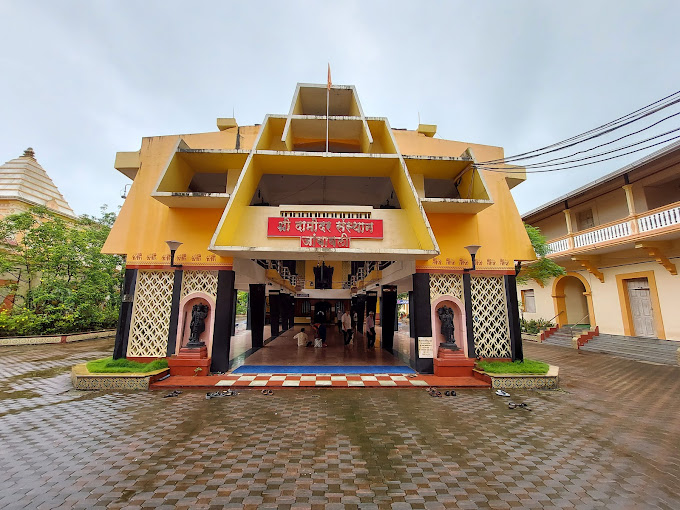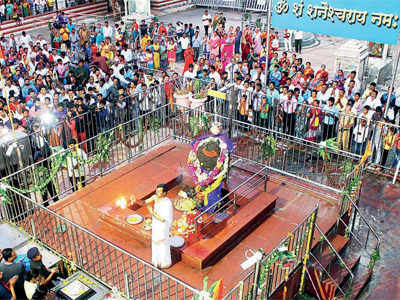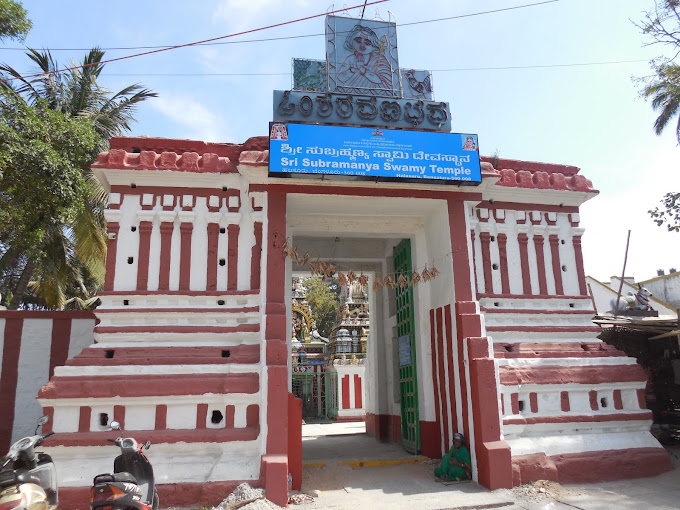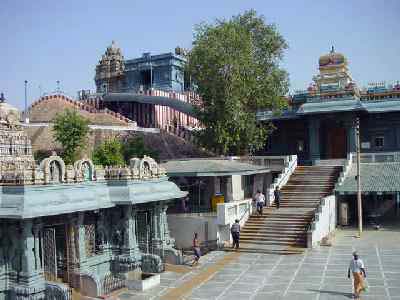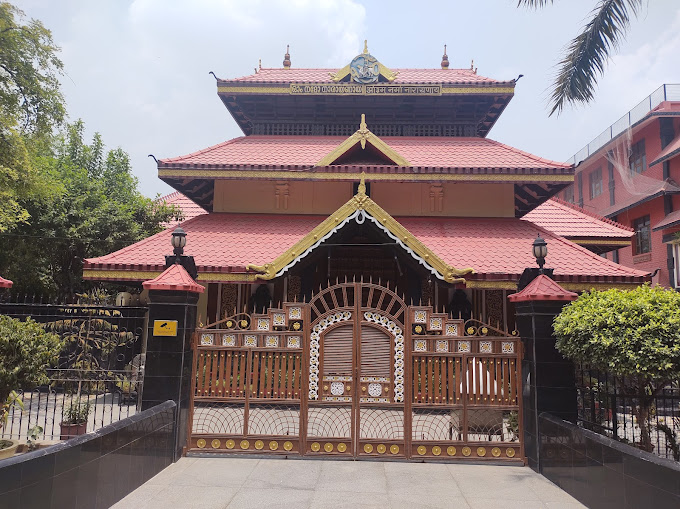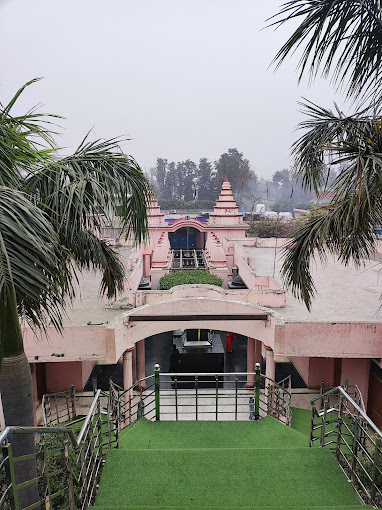KiliyanurSri Agastheeswarar Temple, Villupuram
Address
KiliyanurSri Agastheeswarar Temple, Thiru Kiliyanur, Thindivanam Taluk, Villupuram District, Tamil Nadu – 604001.
Diety
Agatheeswar, Amman: Akilandeswari
Introduction
The Agastheeshwarar Temple, situated in Kiliyanur Village within the Villupuram District of Tamil Nadu, is a place of worship dedicated to Lord Shiva. The primary deity enshrined here is known as Agastheeshwarar, while the goddess is revered as Akilandeswari. This temple holds significance as the 276th Devara Padal Petra Shiva Sthalam and is the 33rd Shiva Sthalam in Thondai Naadu. It’s worth noting that this temple is considered the most recently discovered (276th) Paadal Petra Shiva Sthalam. In ancient times, Kiliyanur was referred to as Kiliyannavur. Moreover, it is regarded as a sacred place for remedying Rahu-Ketu afflictions. The holy water source associated with the temple is known as Agni Theertham, and the sacred tree on its premises is the Vanni tree.
Puranic Significance
This temple has a rich history, spanning approximately 1500 years, with its construction dating back to the Chola period. The significance of the name “Kiliyanur” is associated with the Chola kings, whose surname was “Killi.” Historical records mention Chola monarchs such as King Nedungkilli and King Killivalavan, making it plausible that the name “Kiliyanur” is linked to the Chola dynasty.
According to stone inscriptions found within the temple, it is evident that the initial construction was made using bricks and later underwent reconstruction with granite during the reign of King Paranthaka Chola-I. The temple’s primary deity, the lingam (Moolavar), was believed to have been installed and worshipped by the revered Sage Agasthiyar, which is why the deity is known as Sri Agastheeswarar.
Furthermore, it is worth noting that Nandi Devar, the sacred bull that serves as the mount of Lord Shiva, is said to perform pujas and worship Goddess Akilandeswari in front of her, particularly on the auspicious occasion of Maha Shivratri. Inscriptions within the temple provide further details about this unique tradition.
Beliefs
Devotees flock to this temple with specific hopes and prayers in mind. Many come seeking divine intervention to overcome obstacles in their marriage proposals, while others seek the Lord’s blessings for a successful and enriching education. It is firmly believed that worshiping Lord Shiva in this sacred place can also bestow the gift of childbirth to couples facing infertility issues.
Additionally, a prevalent belief among the faithful is that partaking in the abishekam milk, which is the milk poured over the lingam during the ritual, has the power to alleviate illnesses, particularly those related to stomach ailments.
This temple holds a special place in the hearts of those affected by Rahu-Ketu Dosham, as it is believed that Adisheshan, the celestial serpent, worshipped Lord Shiva here. Therefore, it is considered a parikara Sthalam for addressing the afflictions associated with Rahu and Ketu.
Special Features
Legend has it that Sage Kalava Maharishi had a significant connection to this sacred site. He arrived at this place with his two daughters who were afflicted by severe illnesses. Deeply devoted, they prayed to Lord Shiva for divine intervention. Impressed by their unwavering faith and devotion, Lord Shiva graciously blessed the Sage’s daughters and miraculously cured them of their ailments, becoming a source of solace and healing for their family.
The temple’s significance is further enhanced by the belief that the parrot-faced Sage Sukabrahma Maharishi also visited this hallowed ground to worship Lord Shiva, seeking relief from his stomach-related maladies.
In addition to these accounts, it is widely held that Adisheshan, the divine serpent upon whom Lord Sri Mahavishnu reclines, is among the revered entities that have paid homage to Lord Shiva in this temple, further enhancing its spiritual importance.
Festivals
This temple observes a regular schedule of weekly rituals, such as Somavaram (Monday) and Sukravaram (Friday). Additionally, there are fortnightly rituals like Pradosham and monthly festivals including Amavasai (new moon day), Kiruthigai, Pournami (full moon day), and Sathurthi.
Notably, the temple hosts twin festivals during the full moon days of the Tamil months of Adi (July – August) and Thai (January – February). These festivals are a major draw, attracting a substantial number of pilgrims from across the entirety of Tamil Nadu.
Century/Period/Age
1000 to 2000 years old
Managed By
Hindu Religious and Charitable Endowments (HRCE)
Nearest Bus Station
Brammadesam
Nearest Railway Station
Thindivanam
Nearest Airport
Puducherry
